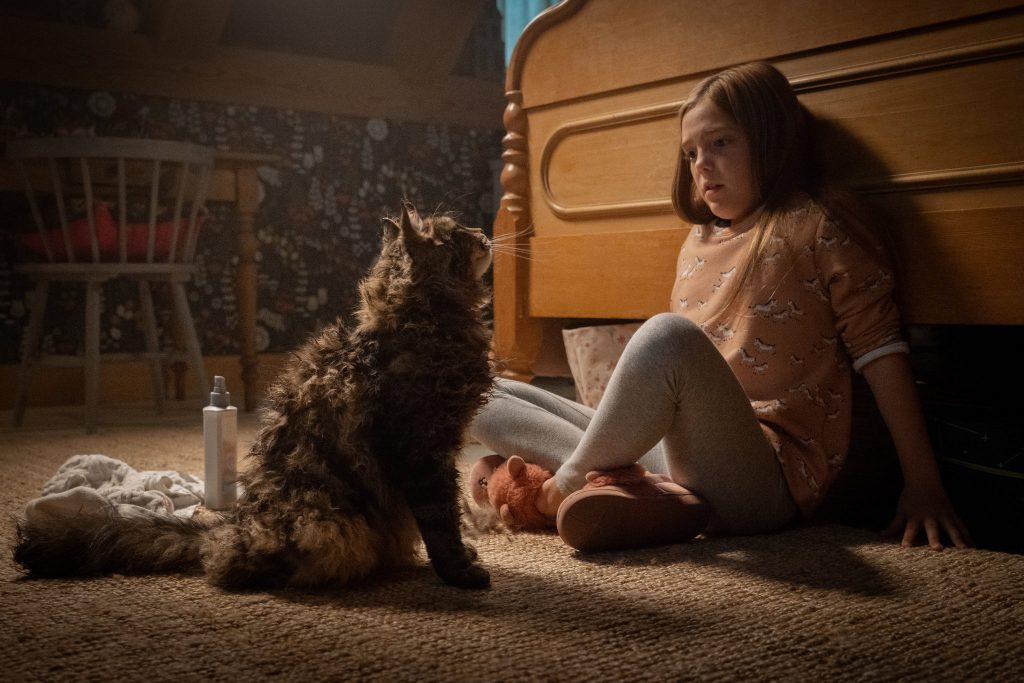Stop Fishing for a Best Seller – Find Your Hook!
With so many of the ingredients that go into a novel usually coming after actually writing it (like cover, blurb, marketing), it’s easy to forget about a very important thing that should be done first. If you’re serious about becoming a self-published author, you’ve got to understand that the success or failure of your book often occurs before you’ve even written a single word – and it all depends on your hook.
A little over a year ago, I wrote a blog post about the Fundamentals of the Successful Book – and I spoke about how the cover, blurb, and formatting of a book are so essential for your success as an author. Your book is important, don’t get me wrong – the most important thing – but unless you nail the cover, blurb, and formatting you’ll find a serious problem actually getting people to read your book and find out how good it is!
There’s one final ingredient you should consider, though – something that is often the ‘secret sauce’ of a successful book. I’m taking about the hook.
What is a hook?
Your hook is the concept of your book – the one that grabs readers attentions and forces them to pick up the book and find out what happens.
It’s actually one of the reasons why it’s often recommended to write the blurb of your book before you even write the first line of your manuscript! And, like all good advice, it’s something I don’t always follow myself (although I should)!
But the reason why this is such a powerful technique is that it forces you to distill the idea of your book down into two or three paragraphs – like distilling sour mash into bourbon, or wine into eau de vie. It forces you to identify the most compelling angle of your story, and often that will shift the focus of how you write it to bring the most addictive elements of your story to the forefront.
Look at some popular books of the past half-century and you’ll see exactly what I’m talking about. The greatest and most popular stories of our era tend to have concepts behind them which can be outlined in a single sentence – and will leave anybody who hears that sentence wanting to read the entire book.
Take Pet Semetary by Stephen King, for example. The concept is simple. A family in Maine lives near an old, abandoned cemetery that will bring anything buried there back to life – but it brings them back wrong. That much is demonstrated when the family bury their beloved cat there, and something horrific and terrifying emerges from the ground…
But imagine a parent’s dilemma when their son gets killed in a tragic accident – and the temptation to use this dark magic to bring him back becomes overwhelming. It’s a dilemma any parent could see themselves in; and that’s why you can’t help but snatch up Pet Semetary and keep turning the pages despite it being what Stephen King considers his most frightening book: “I was horrified by what I’d written,” he said.

One of my other favorite authors is Jodi Picoult and she has a similar knack for coming up with incredible concepts for her stories – ones that really resonate and tug at the heartstrings. Her story My Sister’s Keeper, for example, sees 13-year-old Anna forced to undergo all sorts of painful medical treatments because she was literally conceived as a donor for her tragically-ill sister. The dilemma is whether she has the right to a life of her own, or if she must sacrifice herself – literally – for the sake of her older sibling.
And it’s not just internationally well-known authors who can experience breakout success with a good concept. Recently I read Scarlett Epstein Hates It Here, by Anna Breslaw, because the hook instantly grabbed me. It’s about a snarky girl from New Jersey with a passion for writing fan-fiction – but when her favorite geeky show gets cancelled, she starts writing fan-fiction about her friends instead (with predictably awkward and hilarious results.)
Even more powerful? How about Into White, by Randi Pink. This book is about a young African-American student enduring the tense and fraught atmosphere of her mostly-white school in Montgomery, Alabama. After bullies push her one step too far, LaToya goes to sleep dreaming to Jesus to be ‘anything but black’ – and wakes up to the shocking reality of exactly that.
The key to all these books is a situation just weird, unexpected and compelling enough to demand that anybody reading the blurb click the ‘buy now’ button immediately. It is, indeed, the ‘secret sauce’ that can supercharge your sales – and it’s a great way to instantly grab new readers and give them an entry to the other books in your catalog.
The Elevator Pitch
I’ve mentioned before how Hollywood movie producers talk about an elevator pitch – a one-sentence description of a movie concept that immediately explains the appeal. Snakes on a Plane was a good example – it does exactly what it says in the title. Under Siege was pitched as “Die Hard on a boat.” Air Force One was pitched as “Die Hard on a plane.” The original Alien movie was pitched as “Jaws in space.” Those concepts instantly capture the imagination and make you hungry to learn more – and that’s the same ‘hook’ you should be angling for in your story.

Of course, you don’t need to have xenomorphes or gun-toting terrorists to have a compelling pitch. The books I mentioned above range from the achingly emotional to the downright terrifying, but they all share that same addictive element that makes a reader desperate to find out more!
And your book has that too – otherwise you wouldn’t have written it. Somewhere, your hundreds of pages of manuscript contains a single, concise nugget of top-grade, Class A, free-based hook that you can use to get under a reader’s skin and make them desperate to learn more.
That’s the reason why it’s good advice to write the blurb before the story, because the more clearly you understand the hook before you go into writing a book, the more clearly it stands out in the finished product. And while I don’t always follow that advice, I can testify that it works really well when I do it!
The most compelling blurbs are the ones that include those hooks that allow the reader to resonate with the character or dilemma they face: a parent trying to protect their child, a hero trying to save lives, or a woman with feelings for a man who she thinks is oh-so-wrong for her, but makes her feel oh-so-right.
You don’t need to be able to see yourself exactly in that character’s shoes – you just need to be able to agonize over the impossible decision they face; because if an author can illicit that response from you, you’re hooked.
Go Fishing
So, I challenge you to step away from the keyboard for a second and work out the elevator pitch for your book – the hook. The next time you’re in the Post Office, or the diner, try it out on somebody sitting next to you. Gauge their reaction.
It’s like the way stand-up comedians work on their material – seeing what gets a laugh and what falls flat. Ultimately comedians are storytellers, just like writers – and they work not on the truth they’re trying to tell, but the means in which they tell it. A writer should do the same – not pandering to a market, but finding the compelling hook within their story and communicating it effectively.
Give it some thought. Once you’ve figured out the importance of having a really compelling concept behind your publishing, you’ll be hooked!











